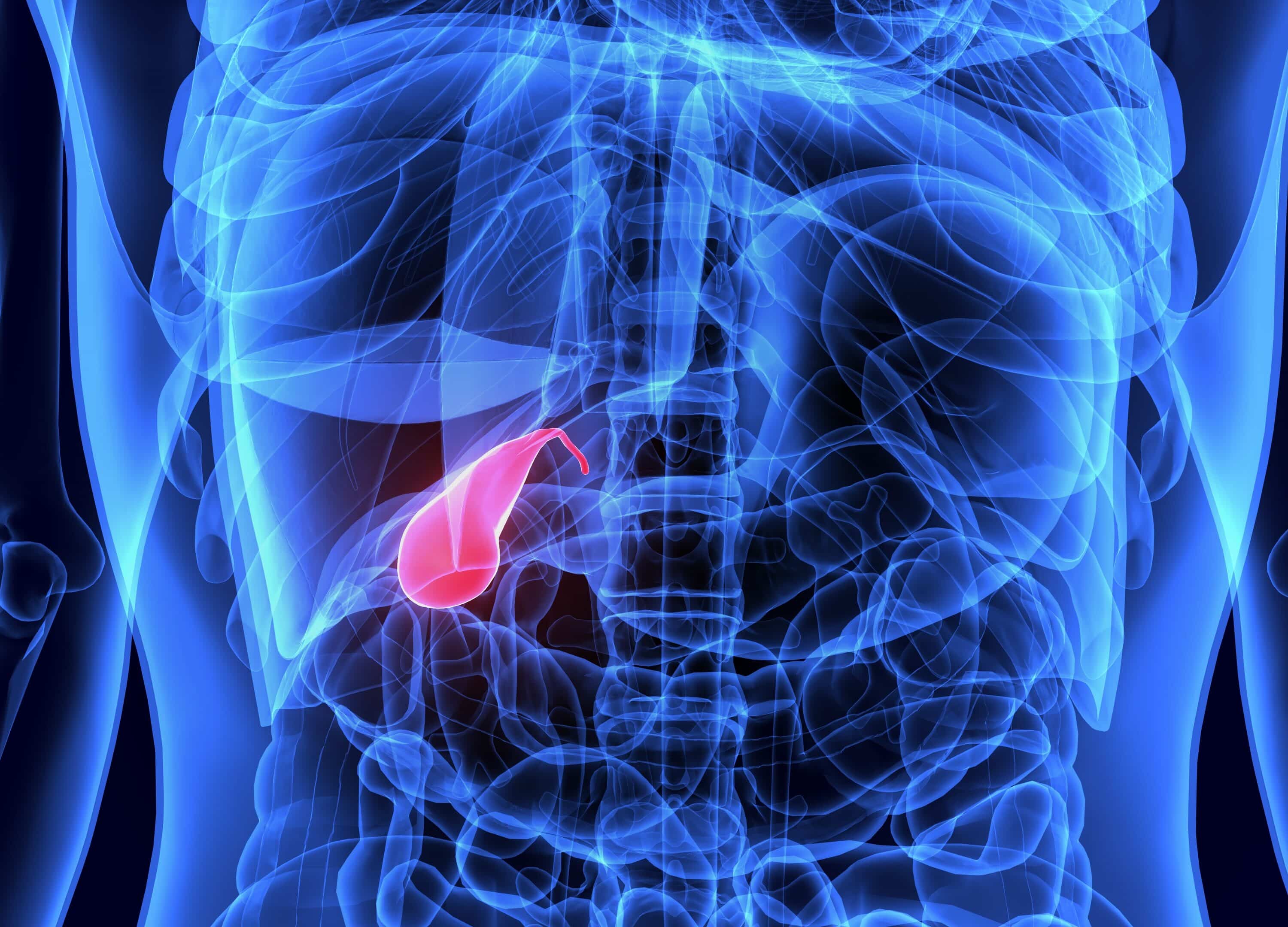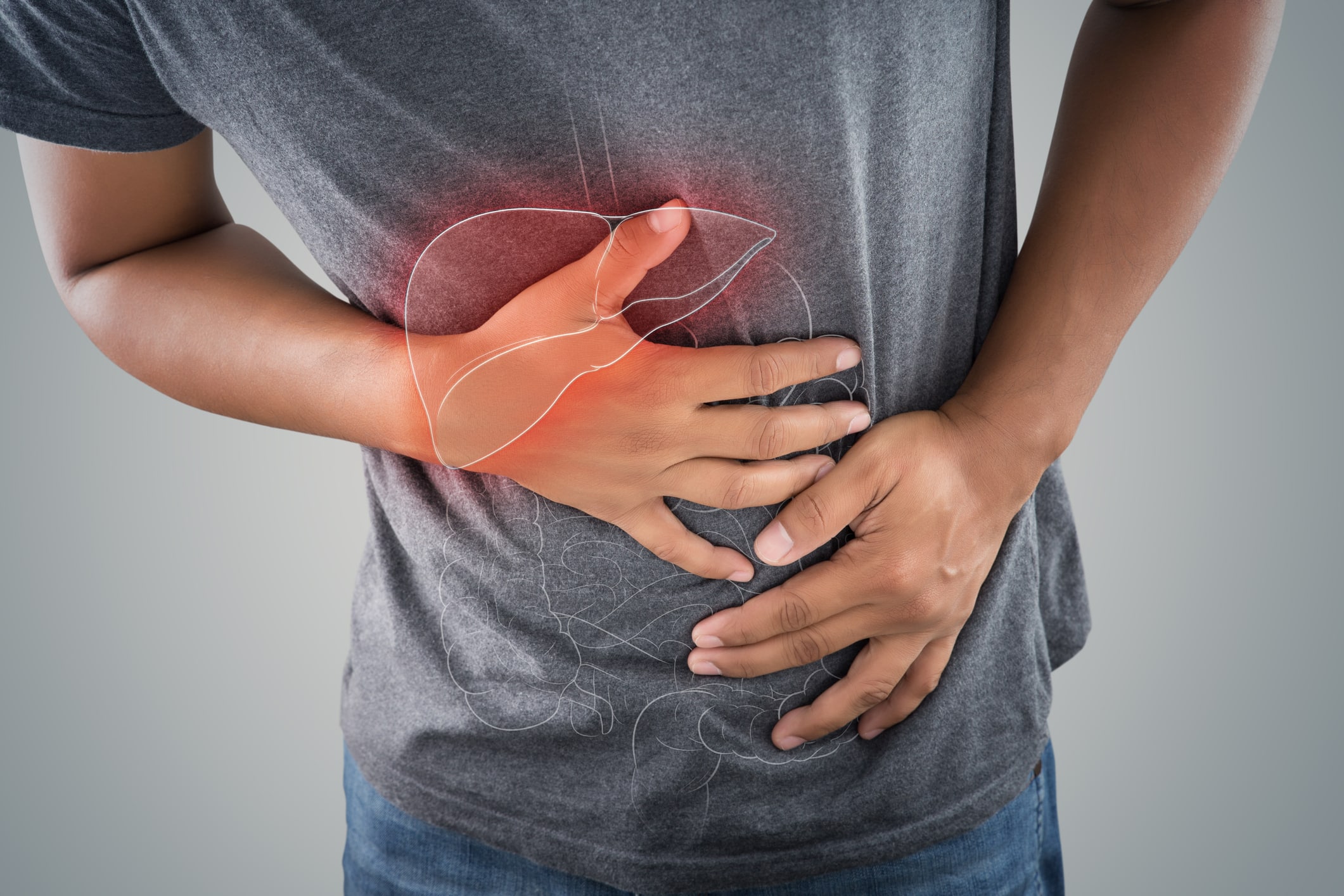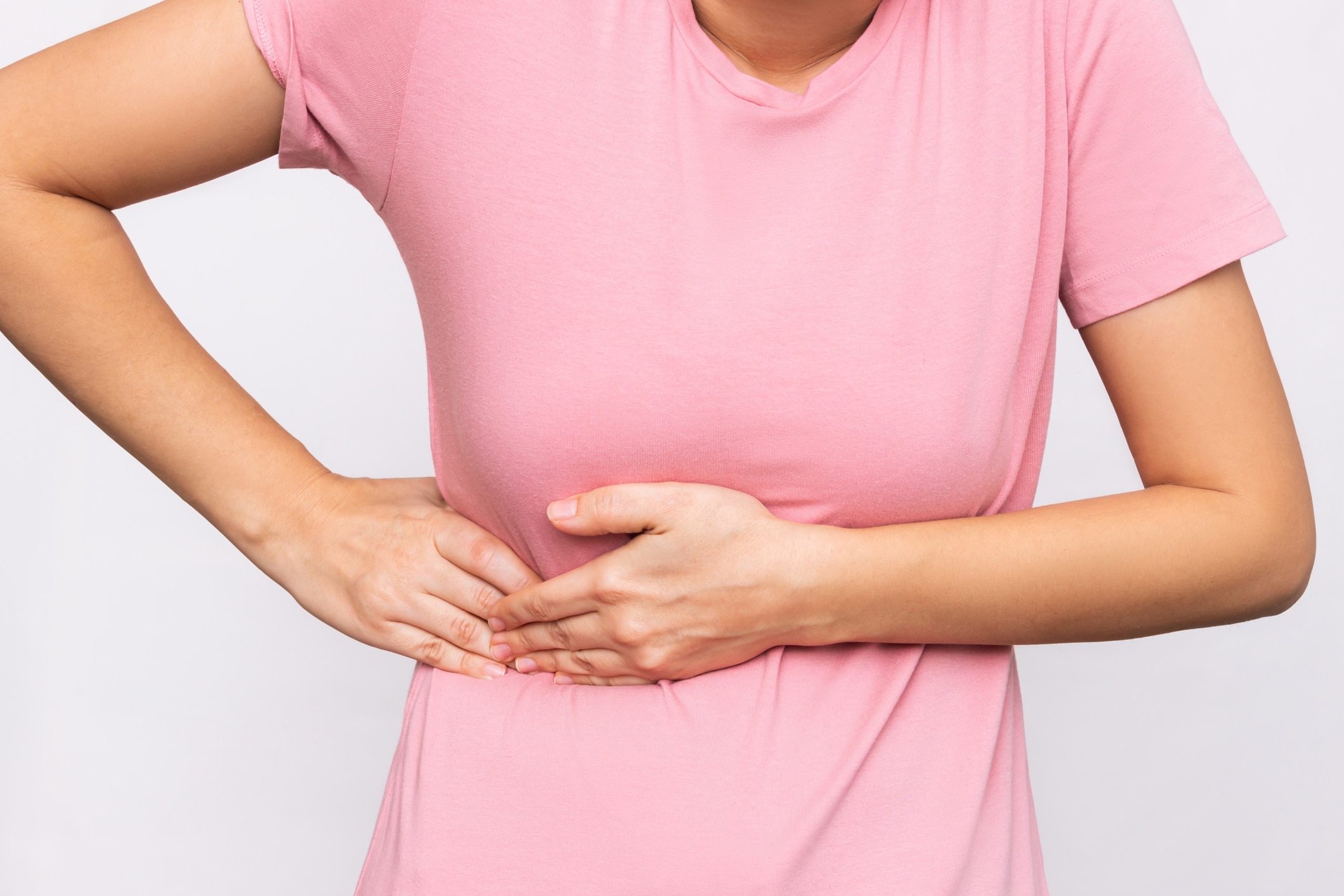Sussex Premier Health, Hastings: Important update for patients with upcoming appointments
Sussex Premier Health, Hastings: Important update for patients with upcoming appointments
Experiencing discomfort from gallstones or other gallbladder issues can affect your quality of life, but effective and compassionate care is within reach. Sussex Premier Health provides expert gallbladder removal surgery in Sussex, Kent, and the South East, ensuring patients receive top-tier treatment in modern, state-of-the-art facilities. Our minimally invasive laparoscopic techniques prioritise quick recoveries, with any individuals returning home the same day. By choosing Sussex Premier Health, you’re opting for skilled surgeons, personalised care, and a streamlined process to help you feel your best without delay. Discover a trusted healthcare partner dedicated to improving your health and well-being.
Gallbladder surgery becomes necessary when gallstones or inflammation cause pain, digestive problems, or other complications. These conditions can interfere with your daily life and may lead to further health concerns if untreated. Seeking timely surgical treatment ensures long-term relief and prevents serious risks, such as infections or blockages. Expert laparoscopic surgeons perform minimally invasive procedures, allowing for faster recovery and smaller scars. This modern approach makes it easier for patients to return to normal activities while improving overall well-being. Trusting skilled professionals ensures the procedure is safe and effective, supporting your health and quality of life.

Proper preparation can help ensure your surgery and recovery go as smoothly as possible. Taking the time to plan will minimise stress and help you feel more confident about the procedure. Below, we’ve outlined essential steps before, during, and after your surgery. Following these guidelines can support your recovery and increase the likelihood of a positive outcome or the same-day discharge for keyhole surgery or a more involved procedure. Speak with your healthcare provider if you have any questions or need personalised advice:

Our private gallbladder surgery treatment offers an effective solutions for patients dealing with persistent gallbladder issues. This procedure provides lasting relief from pain and discomfort caused by gallstones or inflammation, helping you regain control of your daily life. Patients benefit from expert care, advanced techniques, and a faster recovery time by choosing this treatment. Below are some of the key benefits of this gallbladder surgery:

Choose Sussex Premier Health for trusted private gallbladder surgery treatment from expert surgeons in state-of-the-art facilities. Our experienced team prioritises your well-being, offering tailored care and advanced techniques to ensure the best possible outcomes. Regain your health and quality of life with our fast, efficient procedures designed around your needs. Contact us today to schedule your consultation and take control of your health with confidence. The support and expert care you deserve are just a step away. Let Sussex Premier Health help you return to living life to the fullest.
Your gallbladder removal recovery will depend on the type of surgery you have. With keyhole surgery, you may make a full recovery within a couple of weeks. With open surgery, it could take around six to eight weeks.
For the first few days at home, you may want to arrange help with tasks such as shopping and cleaning, especially if you’ve had open surgery. You can take over-the-counter painkillers to help with any pain. If you had dissolvable stitches, they should disappear within a week or two. Non-dissolvable stitches will be removed by a nurse after seven to 10 days.
Your consultant will advise when you can get back to normal activities, including working and driving – it’ll usually be around 10 to 15 days after your operation. This will depend on the work you do and which type of surgery you have. You should also check with your motor insurance company before driving as some won’t insure you for a number of weeks after surgery. It’ll be at least a month until you can resume strenuous activities.
After a gallbladder removal, it’s normal to experience short term side effects such as:
Your diet after gallbladder removal
You can eat a normal diet after a gallbladder removal, though you may want to start with small meals. If you get temporary side effects such as wind, diarrhoea or indigestion, try:
Gallbladder removal is a common operation that is often recommended if you are suffering from painful gallstones or gallbladder disease.
Your gallbladder is a small, pouch-like organ that stores and releases bile – a chemical substance that breaks down fats. You can easily live without your gallbladder, so if it’s causing problems your consultant may suggest removing it.
Gallstones are hard fatty lumps that form inside your gallbladder. They are often not painful, but sometimes they can cause more serious complications. This is known as gallbladder disease and includes:
When this happens, you may experience these symptoms:
Gallbladder removal will relieve pain and inflammation and prevent new gallstones forming.
It won’t affect your digestion because bile is made in your liver. Instead of being stored in your gallbladder, bile will drip straight from your liver into your digestive system.
Your consultant can diagnose gallbladder disease and decide if gallbladder removal is right for you by asking about your symptoms and medical history, and carrying out tests, including:
A gallbladder removal operation can either be done by laparoscopic (keyhole) surgery or traditional open surgery.
With keyhole gallbladder surgery, your surgeon will:
With open gallbladder surgery, your surgeon will:
Keyhole surgery is usually the first choice because you recover faster and are left with smaller scars. But it’s not suitable for everyone. Your surgeon will explain which method is better for you and why.
Sometimes, even if keyhole surgery is planned, your surgeon may need to change this to open surgery during the operation, for instance if they can’t see your gallbladder clearly. They’ll explain this beforehand and answer any questions you may have.
Most people have a gallbladder removal operation without complications, but all surgery carries some risks.
Your consultant will explain them to you before you go ahead.
You should consult your doctor if you experience any of the symptoms described below.
Infection
Infections may develop in the wound or internally after surgery. If this happens, you may experience increasing pain, swelling, redness and pus from the wound.
Bleeding
Although rare, bleeding can occur after an operation, often requiring further surgery to stop it.
Bile leakage into your abdomen
When your gallbladder is removed, your surgeon will attach clips to the tube connecting the main bile duct to prevent bile from leaking out into your abdomen. However, if it leaks, you may feel symptoms such as abdominal pain and/or swelling, nausea or fever. The fluid can either be drained using a large needle or through an operation to wash out the inside of your abdomen.
Damage to a bile duct
This can mean that bile leaks into your abdomen or normal flow from your liver is blocked. If this happens, you may need further surgery after your original operation. Symptoms include:
Accidental injury to surrounding tissues
This includes your stomach, intestines, bowel and blood vessels. Your surgeon will usually repair the damage at the time of the operation. If any damage isn’t spotted, then you’ll likely need another operation to fix it.
Blood clots in your veins
Also called deep vein thrombosis, this usually occurs in a leg vein and is why you’ll often be given compression stockings to wear during and after surgery. If a blood clot in a vein comes loose and flows around your body to your lungs, it’s called a pulmonary embolism. Symptoms of a pulmonary embolism include pain in your chest or upper back, difficulty breathing, coughing up blood, fast heartbeat and passing out. This is a medical emergency, so you should call 999 or go to A&E.
Post-cholecystectomy syndrome
This is when gallstones are left in your bile duct or bile leaks into your stomach. Symptoms include:
Usually, symptoms don’t persist but sometimes can last for several months. If symptoms are a long-term problem for you, you may be given medication or a further procedure to remove any remaining gallstones.
At Sussex Premier Health, your procedure will be performed by your consultant surgeon.
Our self-pay team will be able to give you a guide price for gallbladder removal surgery.
To speak to a member of our self pay team today, call 01424 757455.
Speak to a member of our team